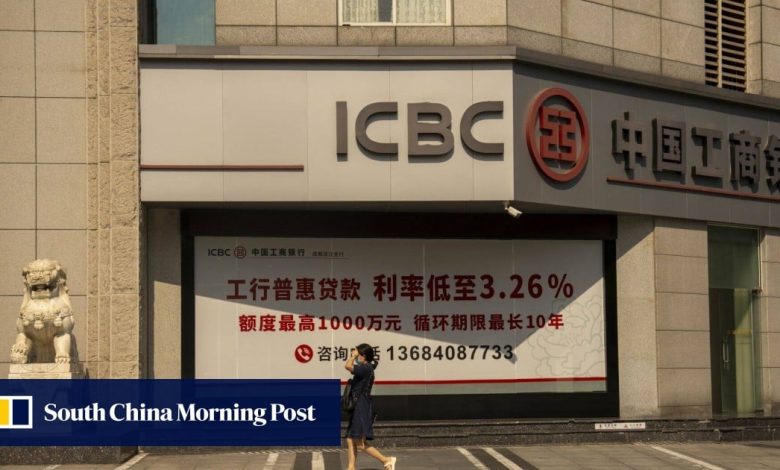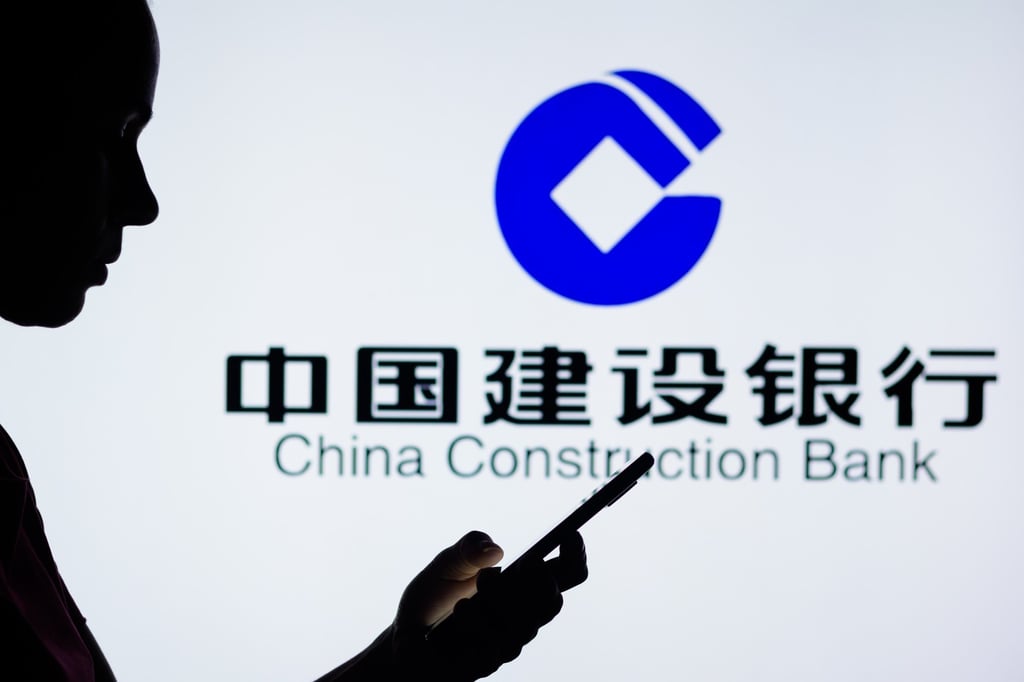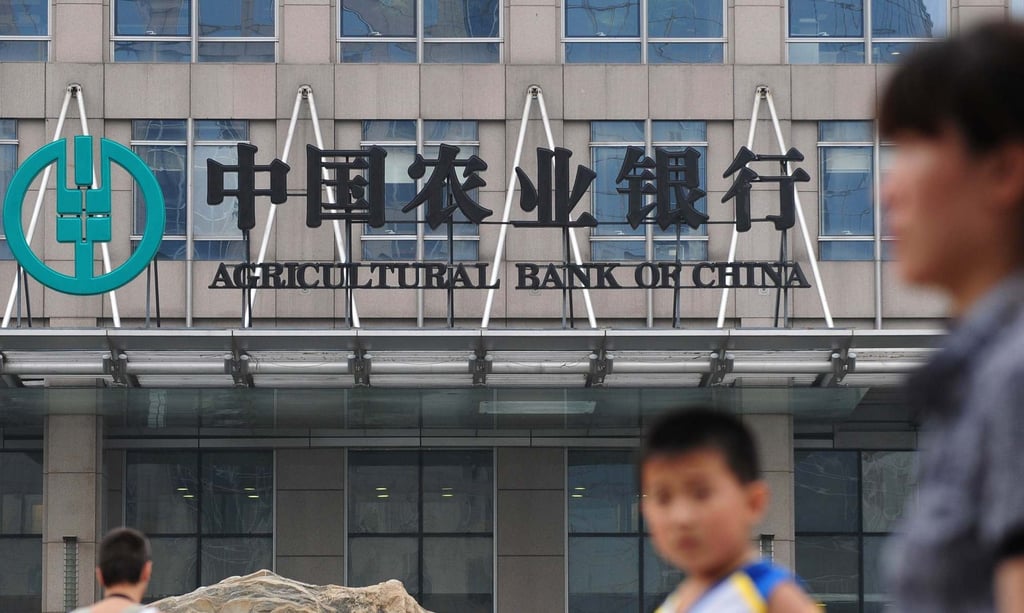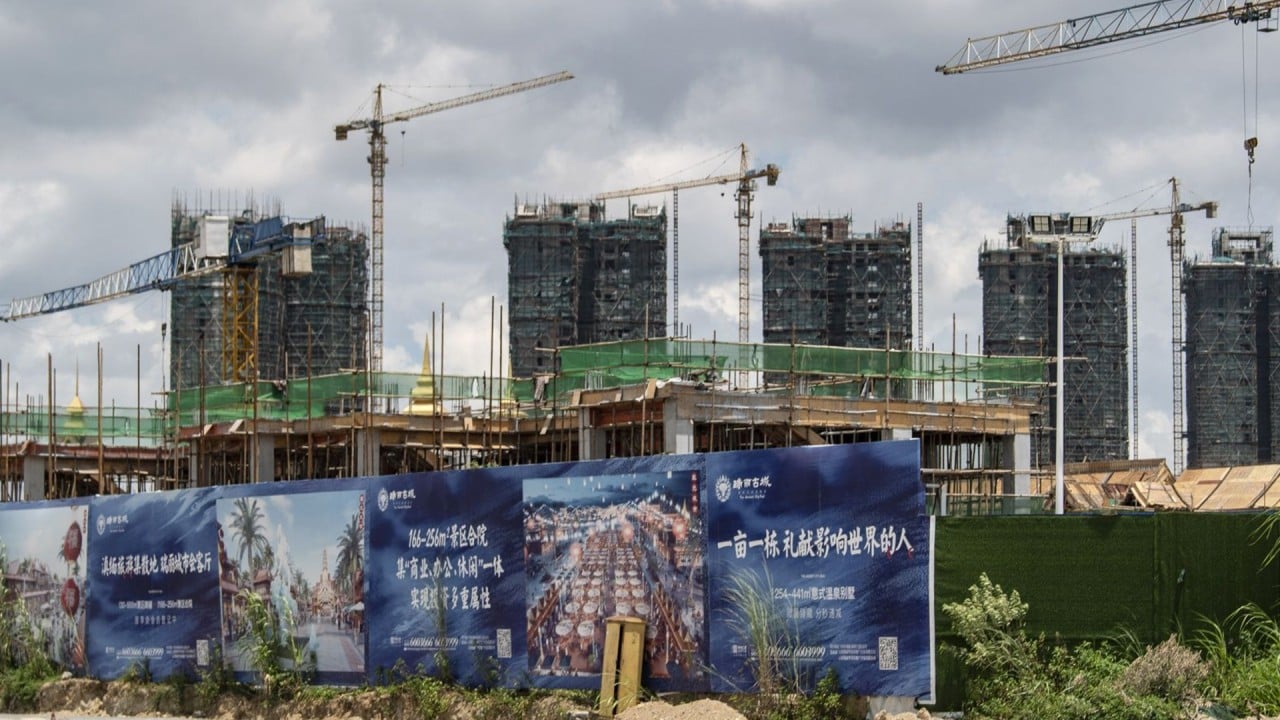China’s state-owned banks face thinner margins amid Beijing’s call to support economy

“In the second half of the year, bank profit margin NIM will be under further pressure if the loan prime rates (LPRs) drop again,” said Li Ying, head of financial institutions ratings at S&P Global (China) Ratings.

“We expect Chinese banks’ NIM in 2024 to be from 20 to 25 basis points lower than in 2023, but the degree of NIM drop in the second half of the year will be much more moderate, as NIM is already at a low level,” S&P’s Li said.
The lender’s NIM shrank to 1.54 per cent, compared to 1.79 per cent a year ago. Its NPL ratio fell to 1.35 per cent from 1.37 per cent last year.
Nonetheless, its NIM slid to 1.45 per cent from 1.66 per cent a year ago. Its NPL ratio also narrowed to 1.32 per cent from 1.35 per cent last year.

The Beijing-headquartered bank saw its NIM narrow to 1.44 per cent from 1.67 per cent a year ago, while its NPL ratio also declined to 1.24 per cent from 1.28 per cent.
The Shanghai-headquartered bank saw its NIM narrow to 1.29 per cent from 1.31 per cent last year, while its NPL ratio fell to 1.32 per cent from 1.35 per cent in the same period.
The Beijing-based bank’s NIM narrowed to 1.91 per cent from 2.08 per cent a year earlier. Unlike its peers, PSBC’s NPL ratio, inched up 0.84 per cent from 0.81 per cent in the same period last year.

After unexpectedly slashing the LPRs in July to bolster loan growth and support the housing market, Beijing is reportedly considering a scheme that would enable homeowners to refinance as much as US$5.4 trillion worth of existing mortgages, according to a Bloomberg report on Friday.
Even if such a move was implemented, it would only have a moderate impact on banks’ NIM, according to analysts.
“The benefit to homeowners of this round of mortgage backbook repricing and the adverse impact to banking NIM, will be less than last September’s mortgage backbook repricing,” said Michael Chang, head of Asia financials at CGS International.
“This is because the difference between the repriced mortgage rate and the mortgage rates that the homeowners are paying, pre-repricing, is less now than it was back in September 2023,” Chang said. He pointed out that this round of potential loan adjustment would result in a less than 5-basis- point impact on the banks’ NIM.
In terms of asset quality, Chinese banks are likely going to see stabilising NPL ratios, as policymakers give these lenders sufficient leeway in determining what qualifies as bad loans, according to S&P’s Li.
“The 16 Measures to Support Real Estate allows banks not to classify property development loans in forbearance as bad debts,” she said. “Loans to LGFVs [local government financing vehicles] which went through restructuring may not be classified as bad debts either.”
“As a result, such policies allow banks to report only a moderate increase in NPL ratio even under severe external stress,” she added.
Meanwhile, the challenges in second-half NIM performance is expected to come from rising term deposit mix and weaker retail loan growth, according to Iris Tan, a senior equity analyst at Morningstar.
“Banks have increased their corporate real estate lending after the large-scale property rescue package,” Tan said. “Given that property developer loan exposure remains low, and these new lending is restricted to those quality projects in the whitelist, we do not expect significant risks to banks’ asset quality at the current stage.”






